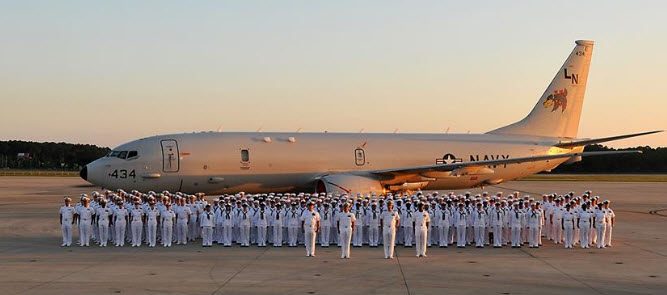SUMMARY
This is AI generated summarization, which may have errors. For context, always refer to the full article.

What exactly is China up to?
A Chinese naval vessel on April 19 ordered a Fokker plane of the Philippine Air Force that was conducting maritime patrols to stay away from Subi (Zamora) Reef, another area in the disputed West Philippine Sea (South China Sea) where they have started reclamation activities.
The incident happened at a time when hundreds of US troops were in Palawan for the pre-Balikatan activities. The annual war games between the two militaries formally opened on April 20.
The Filipino officers were talking about the incident in Subi Reef when their American counterparts revealed that they had a similar experience while flying over a Chinese-occupied area.
“That happened to us, too,” a Philippine military officer quoted an American participant as saying, in the Balikatan 2015 war games in April.
International air space
Two Filipino officers said they were told that it was the P-8 maritime patrol aircraft that was involved.
The radio message from the Chinese naval vessel was the same: “Foreign airplane you are approaching my military security area. Please go away quickly in order to avoid misjudgment. Foreign airplane you are approaching my area. Please go away quickly to avoid wrong judgment.”
The Filipino officer said the American plane replied that it is flying on international air space.
As of May 7, the Palawan-based Western Command (Wescom) has recorded at least 6 incidents of air patrol harassment in the West Philippine Sea.
Air defense zone over West PH Sea?
Incidents between China and the Philippines in the West Philippine Sea were previously limited to sea vessels. This is the first time that planes are also being challenged, prompting concerns that China might be planning to declare an Air Defense Identification Zone (ADIZ) over the area.
“Ito ay cause for concern sapagka’t parang pina-practice ng China na mayroon nang ADIZ although wala pang formal declaration,” Defense Secretary Voltaire Gazmin recently told reporters. (This is cause for concern because it’s like China is practicing for an ADIZ although it has made no formal declaration.)
China’s attempt to impose an air defense zone near Japan and South Korea raised tensions last year. (READ: Japan, South Korea defy Chinese air zone)
There have been a number of recorded air and sea incidents between the US and China in the South China Sea.
In December 2013, a Chinese vessel cut across the bow of an American cruiser – the missile-carrying cruiser Cowpens – sailing in the South China Sea. It was the Cowpens that maneuvered to avoid a collision with the Chinese vessel. (READ: The Diplomat: How the US lost the South China Sea standoff)
In August 2014, the US protested a Chinese fighter jet’s mid-air intercept of a US military patrol plane. The Chinese aircraft supposedly came up to 10 meters near the US aircraft. (READ: BBC: US accuses China of reckless mid-air intercept)
The US and China have held several drills to practice the Code for Unplanned Encounters at Sea (CUES) to avoid further incidents that will raise tension in the disputed area. – Carmela Fonbuena/Rappler.com
Add a comment
How does this make you feel?
There are no comments yet. Add your comment to start the conversation.